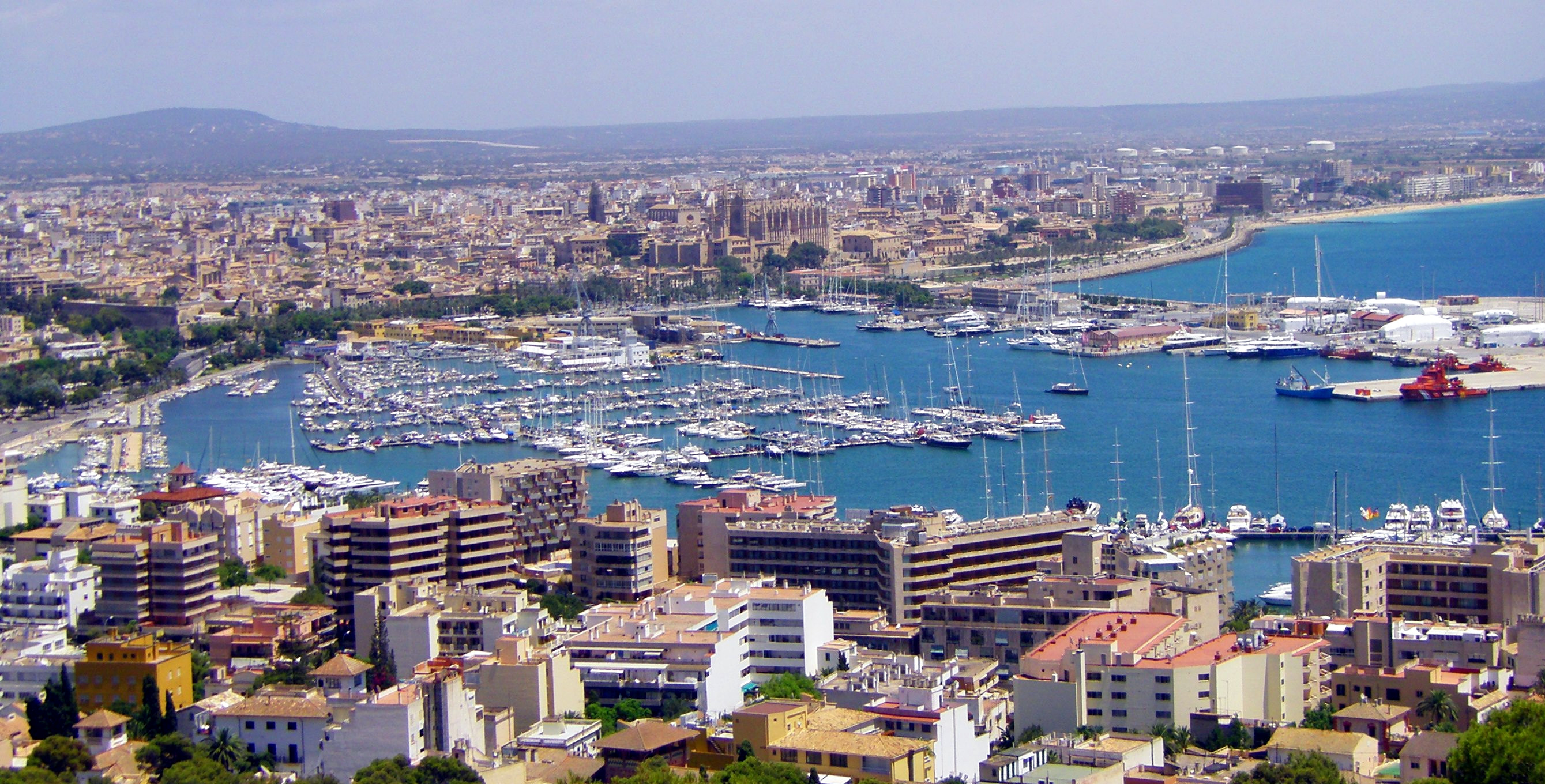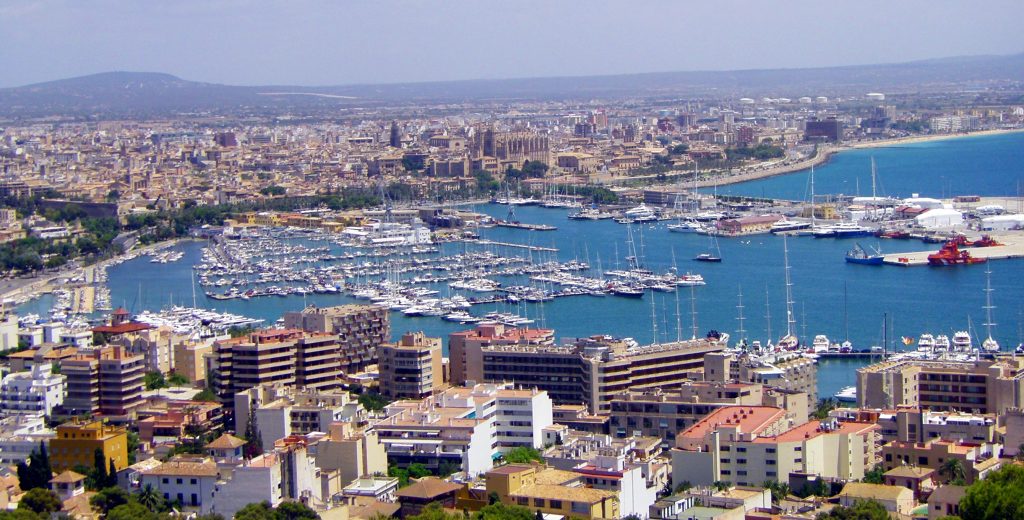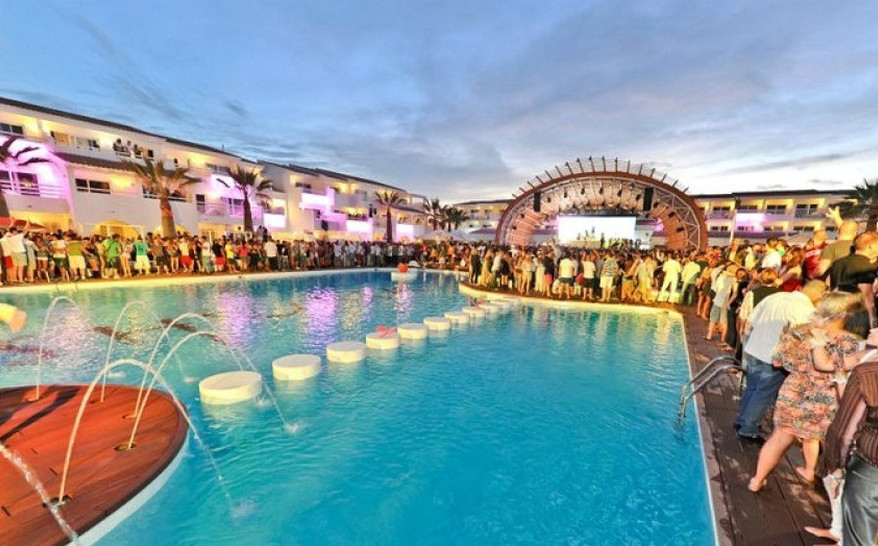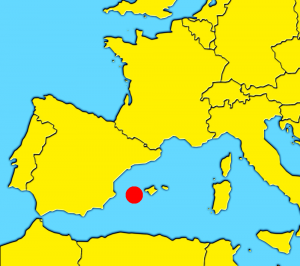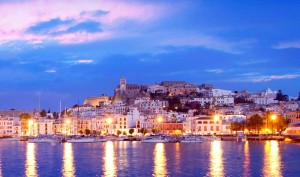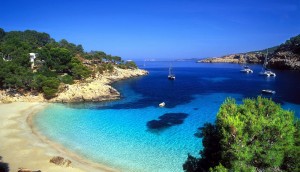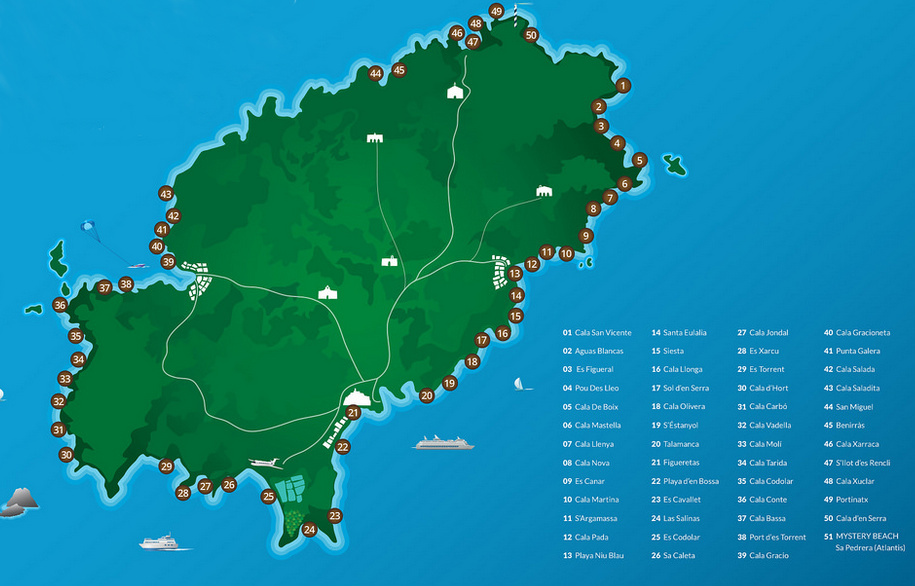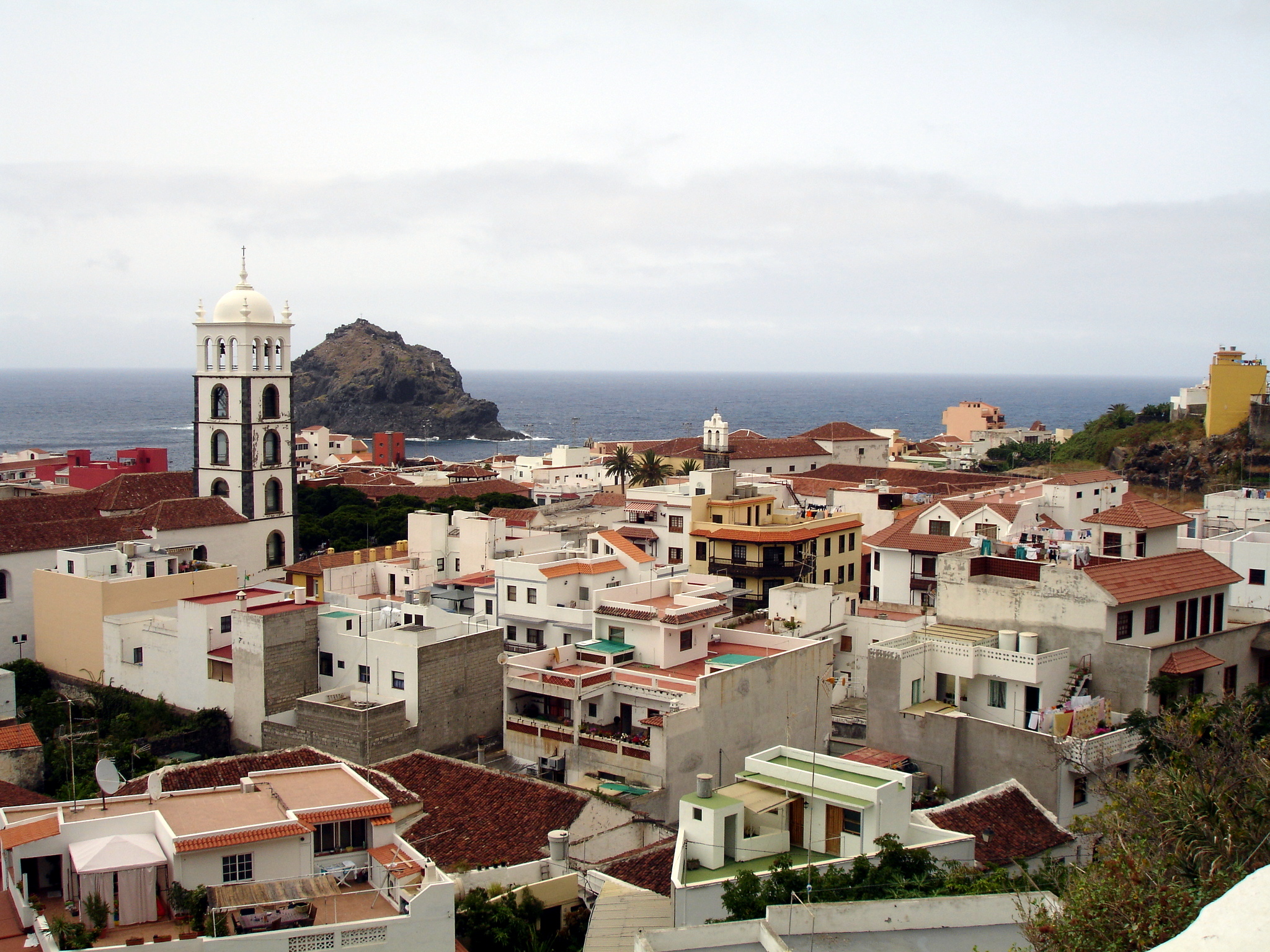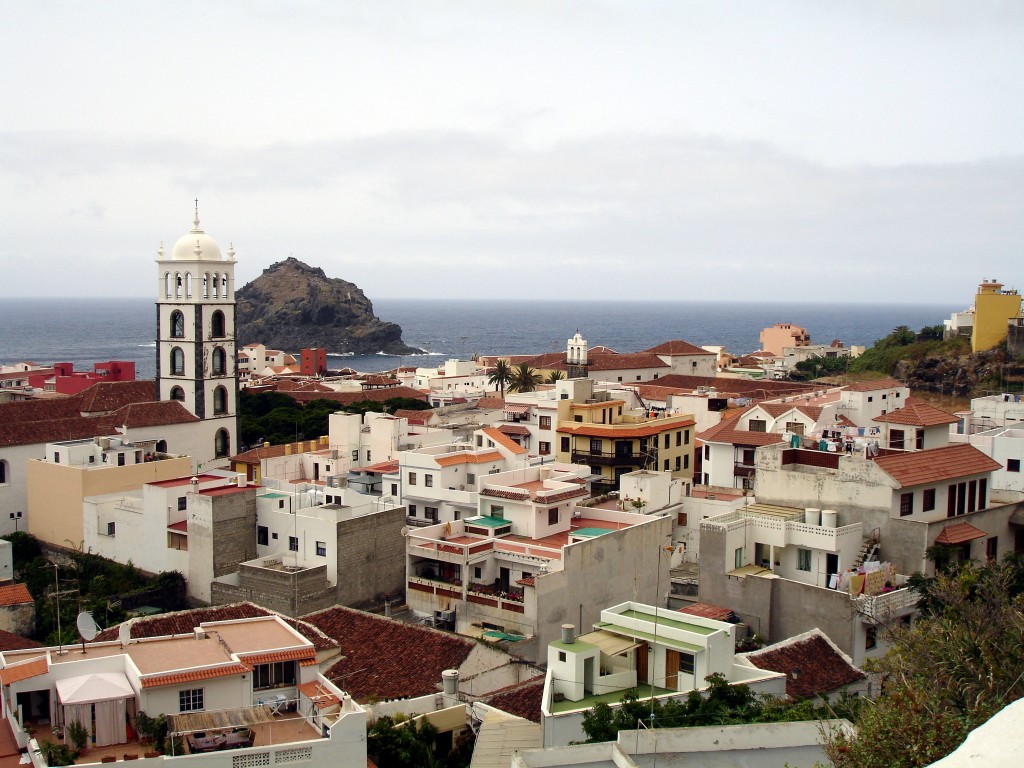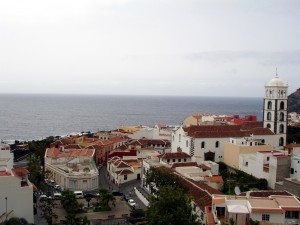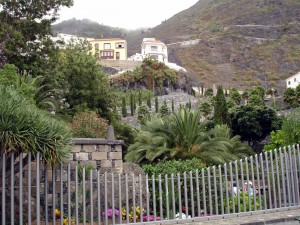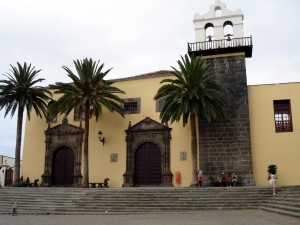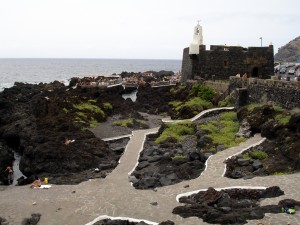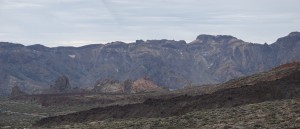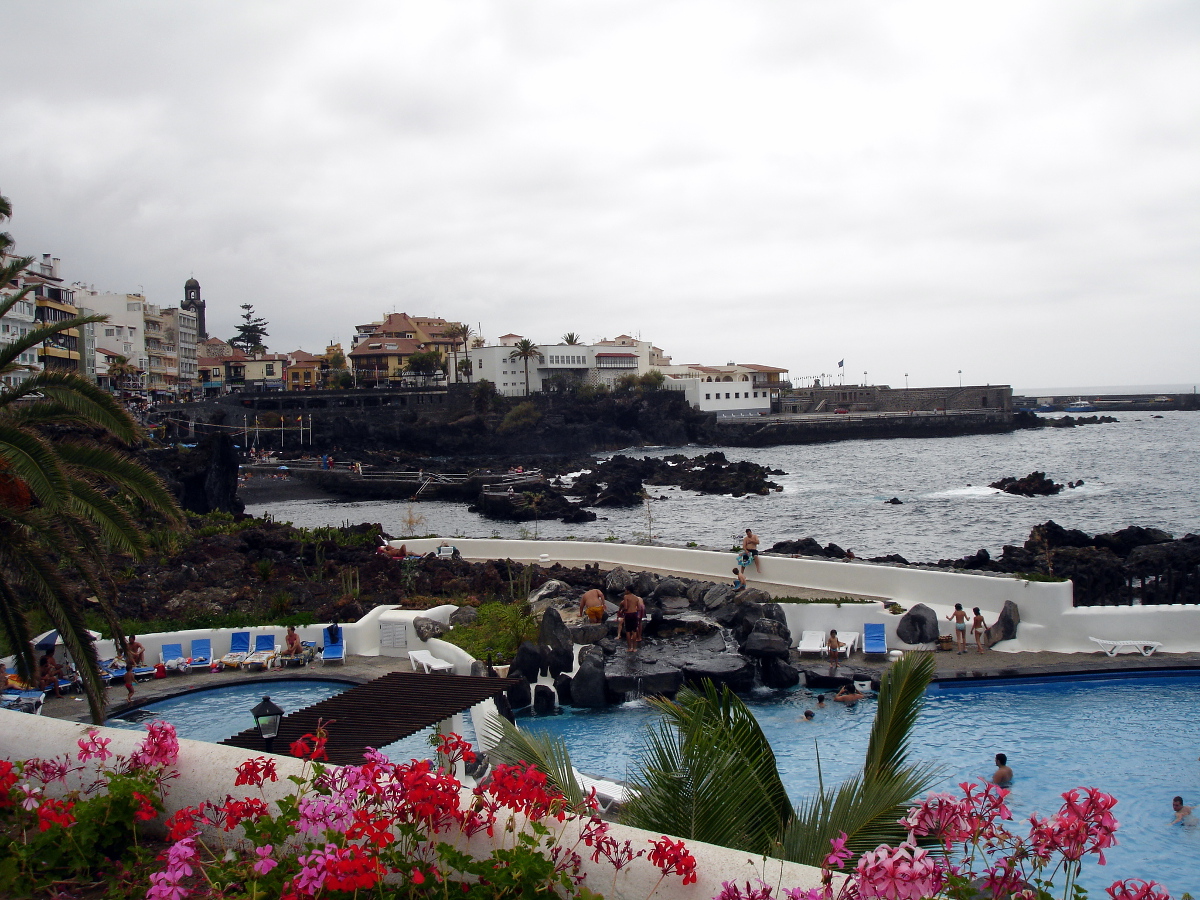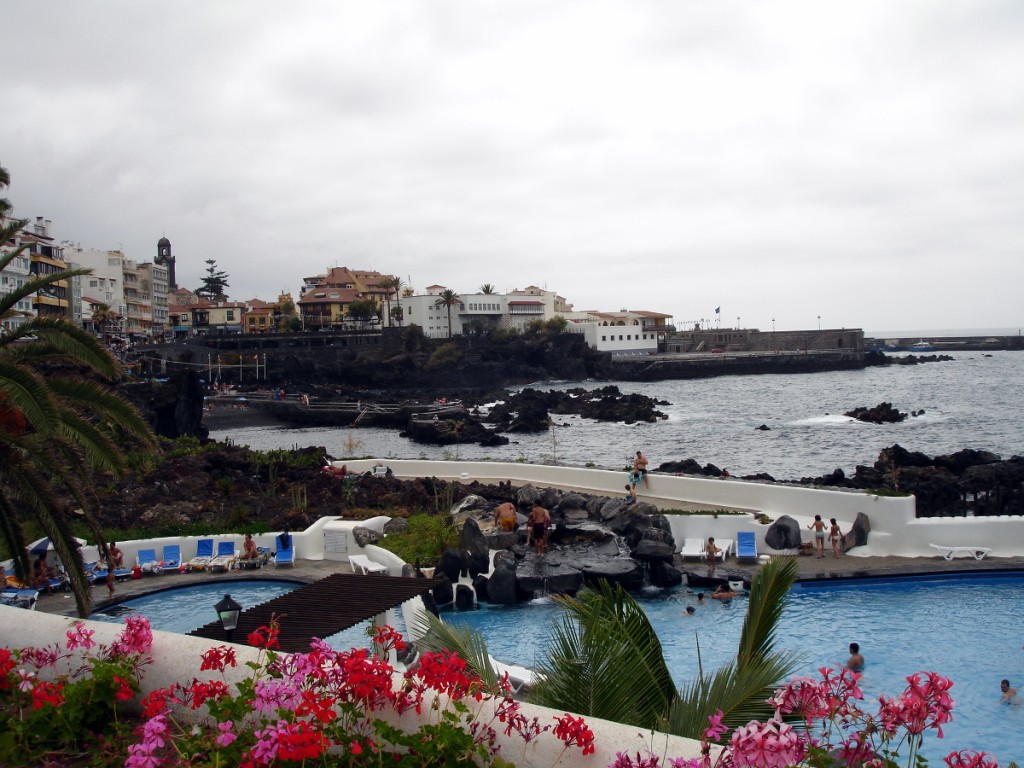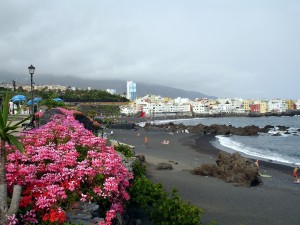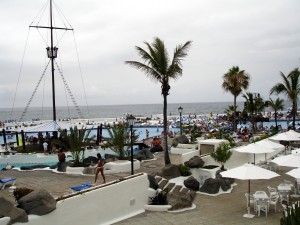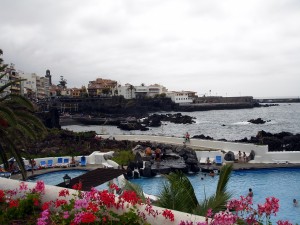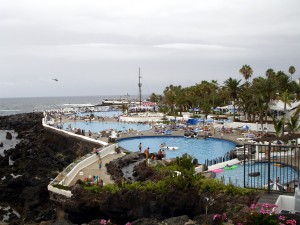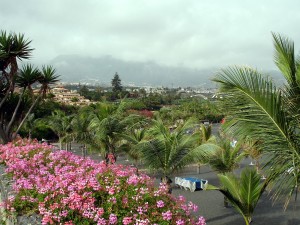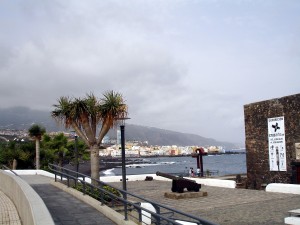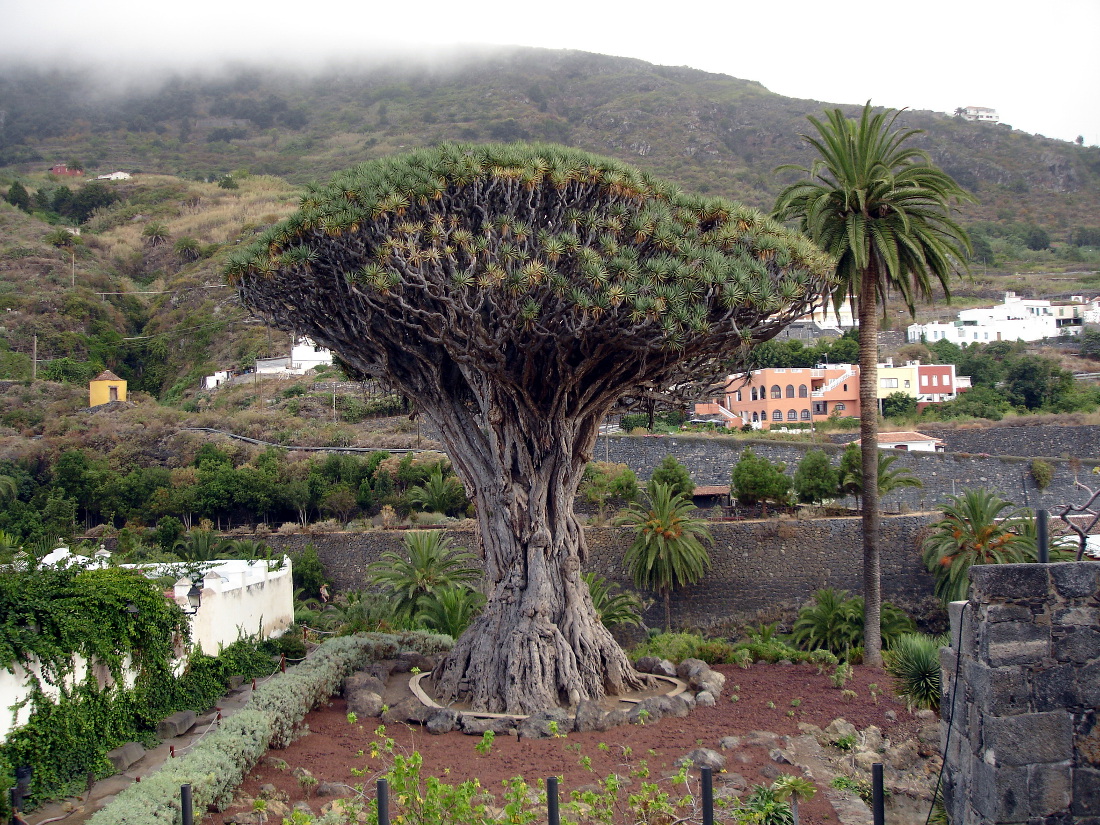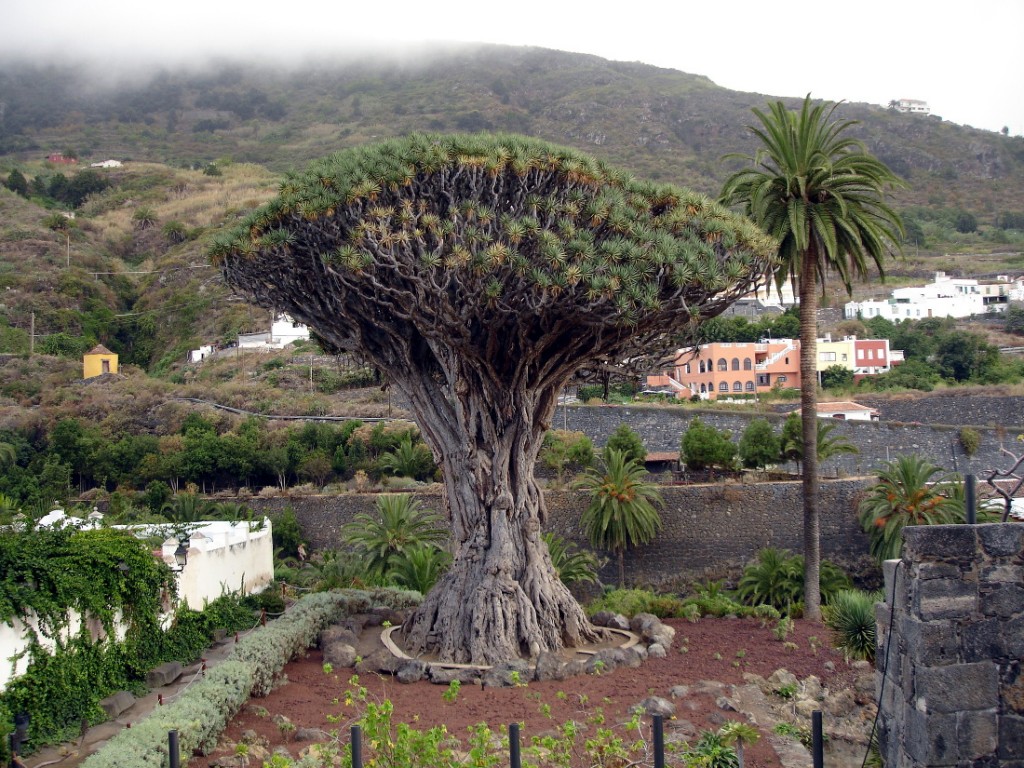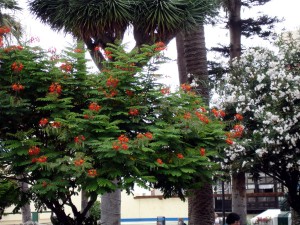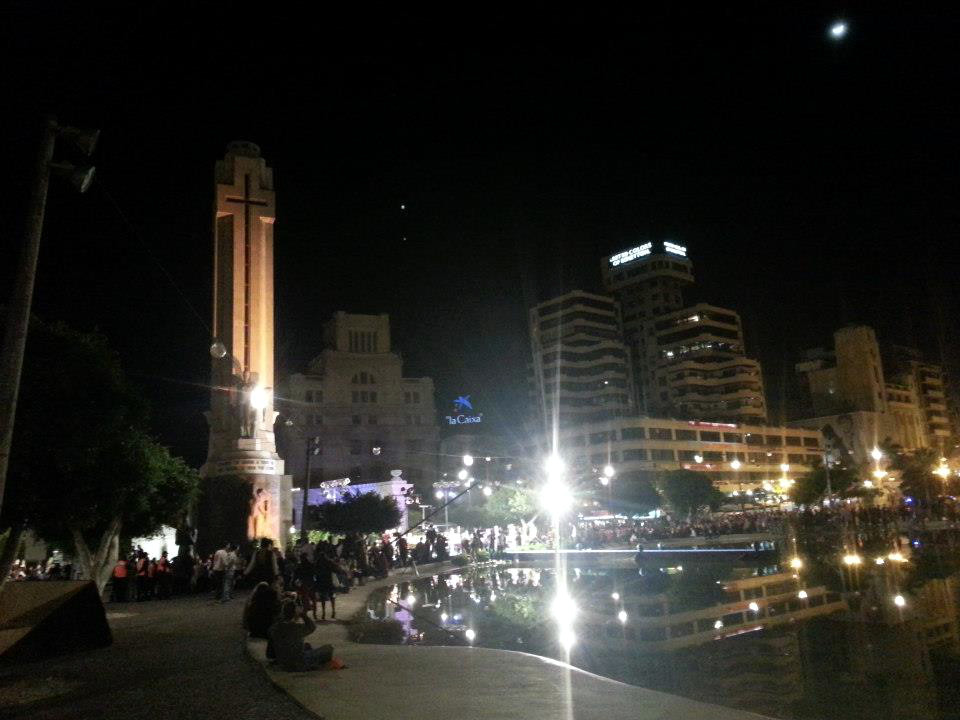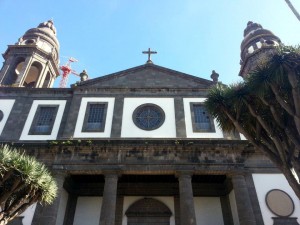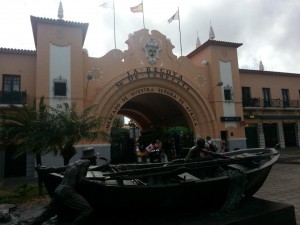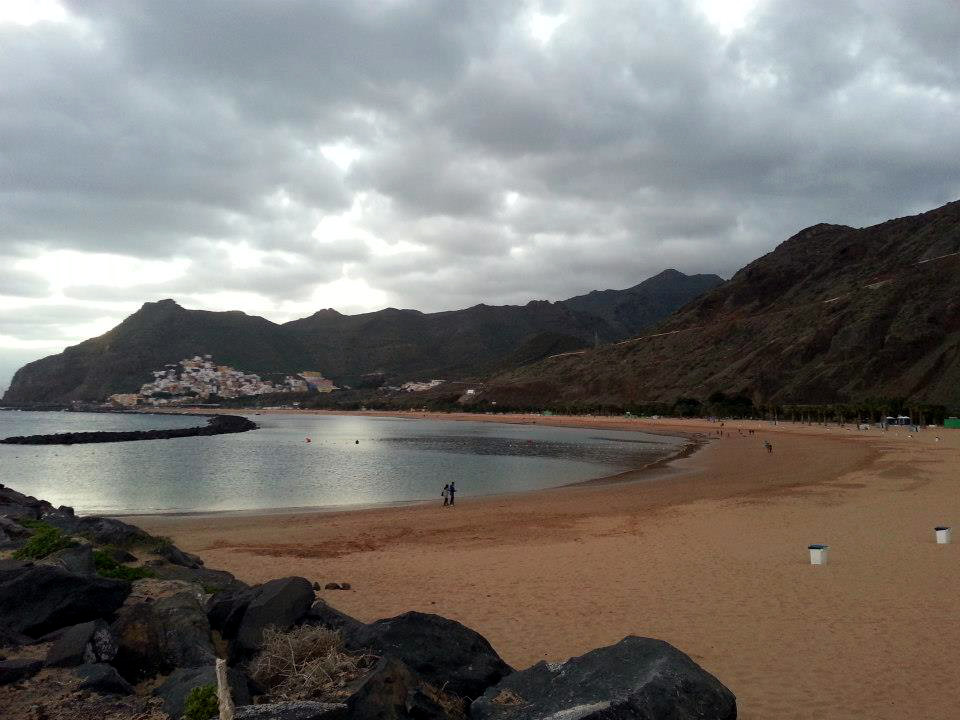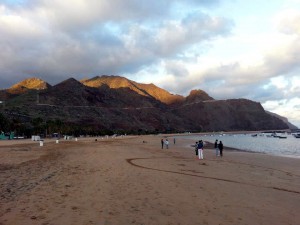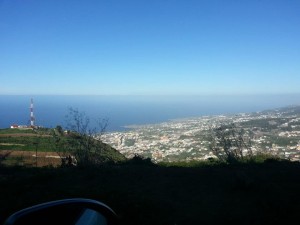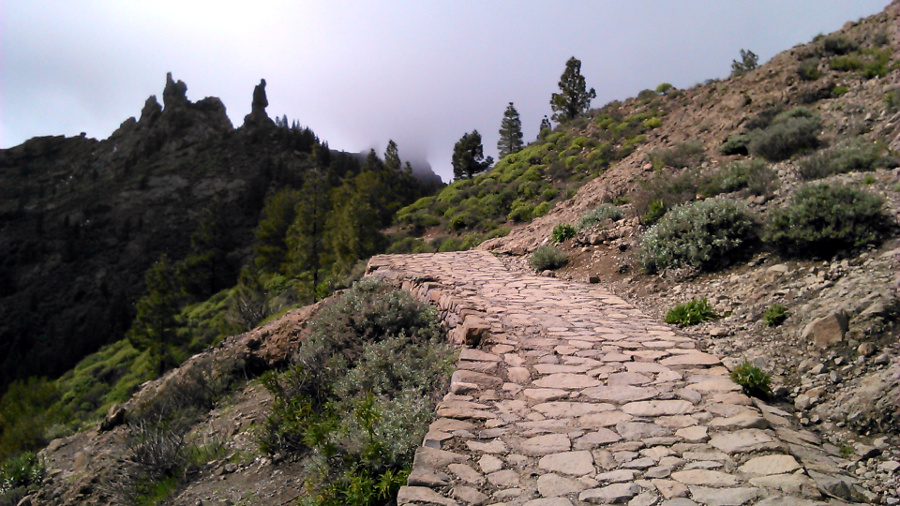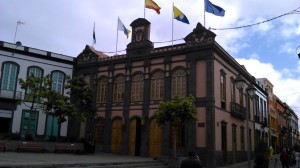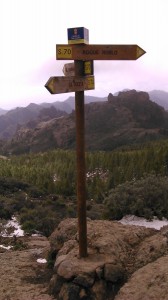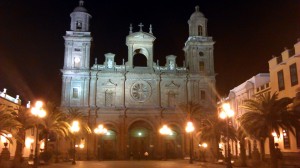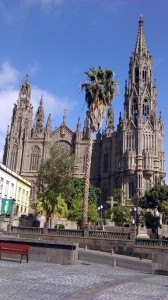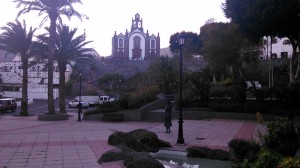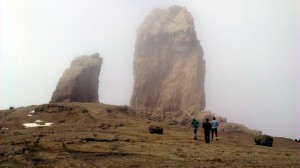The coastal city of Palma (Palma de Mallorca) is situated on the Majorca Island (Islas Baleares) in the Mediterranean Sea and with a population of about 400,000 inhabitants is the capital of the autonomous region of the Balearic Islands and also the capital of the Majorca Island. Its beautiful bay and its outstanding old neighborhood among others interesting things along with its Mediterranean climate makes Palma a perfect tourist destination all year round.
Palma city was founded by the Roman about the year 123 BC, after Roman Empire were the Byzantines, afterwards in the early 10th century arrived the Mulims, who called it Medina Mayurqa, James I king of Aragón, also known as James El Conquistador (The Conqueror), conquered Majorca island and entered in Medina Mayurca (Palma) in 1229, founding the kingdom of Majorca which was annexed to the Crown of Aragón in 1230.
Palma, which is renowned for its beautiful bay and its magnificent beaches, is situated in the southwest of the island, on the Mediterranean Sea coast. The tourism business is the main source revenue for the island. Palma has a great atmosphere with shops, bars, cafés full of stylish people and a reputation as a vibrant and lively city, almost as famous for its lively nightlife as for its history.
In the mid 20th century Palma became a perfect tourist destination for people who came to enjoy its lovely beaches and its mild climate, currently Palma is also noteworthy for the quality of its architecture.
Nowadays, Palma not only has one of the most beautiful bays and magnificent beaches but also, gastronomy, sport, festivals, events, nightlife, architecture, nature, culture, parks among other many more things. In fact, Palma is a holiday destination where tourists from all over the world choose to visit the island order to spend their holiday doing outdoor activities, enjoying its beaches, tasting its traditional cuisine (olives and almonds are typical of the Majorcan diet), many area are plenty of restaurants, cafés, terraces, glamorous shops and luxury hotels.
What to visit in Palma (Palma de Mallorca)
One of the most beautiful places to visit is the Cathedral de Palma (Sa Seu), which was built on the site of the old Mayurqa Mosque, it is an imposing building from the 14th century in Gothic style. Among the more interesting buildings are the Almudaina Palace, which was a Muslim palace and its Chapel of Santa Ana in Gothic style nearby the Cathedral, La Lonja (Sa Llotja) one of the civil buildings most beautiful on the island in Gothic style, Arab Public Baths since the 10th century, Santa Eulalia Church since the 13th century, San Francisco Convent dating from the 13th century and the Pueblo Español in the mid 20th century. All they are must-see places.
If you enjoy the castles make sure you include a trip to Bellver Castle which was built by James II in the 14th century, it is 3 km away from center city of Palma, but if tourists are interested in visiting museums these are probably worth mentioning Modern Art (Es Baluard) with works by Cezanne, Gauguin, Picasso, Miró, Magritte and Santiago Rusiñol among other artists, Majorca Museum (prehistoric, Roman, Muslim and medieval) and Pilar i Joan Miró Foundation all are worth visiting.
Sports and Beaches
Although there are a lot of facilities for football, swimming, surfing, windsurfing, the natural surrounding with their beaches and sailing are really of main attractions. In fact, Palma hosted the King’s Cup of Sailing which has become a date of reference on the international calendar.
Palma also has some famous beaches all of them of the highest quality, with fine golden sand, clear waters and excellent facilities. Besides, the beauty of the landscape around the beaches has the additional advantage of being within walking distance of the city center as Platja Palma, Cala Major, Can Pere Antoni, Ciutat Jordi and Can Pastilla. In addition, there are a lot of sport and cultural events on the beaches an ideal tourist destination of the highest quality.
To sum up, the official languages are Catalan and Spanish, however English is also spoken. We suggest enjoying the beaches, the food, the nightlife and do water sport. Visitors can arrive in Palma, by sea and by air. The airport of Palma is one of the busiest in Spain and is used by millions of passengers every year.
More islands and interesting places to visit in the Mediterranean Sea
– Balearic Islands (Islas Baleares): Check all our posts about the Balearic Islands: Ibiza, Mallorca, Menorca and Formentera.
– Barcelona and Valencia: Two of the main cities witch have beaches in the Mediterranean Sea.
– Canary Islands (Islas Canarias): A touristic group of Spanish islands located in the west coast of Africa, at the south of the Iberian Peninsula. They are composed by these seven islands: Gran Canaria, Tenerife, Fuerteventura, La Palma, Lanzarote, El Hierro and La Gomera.
